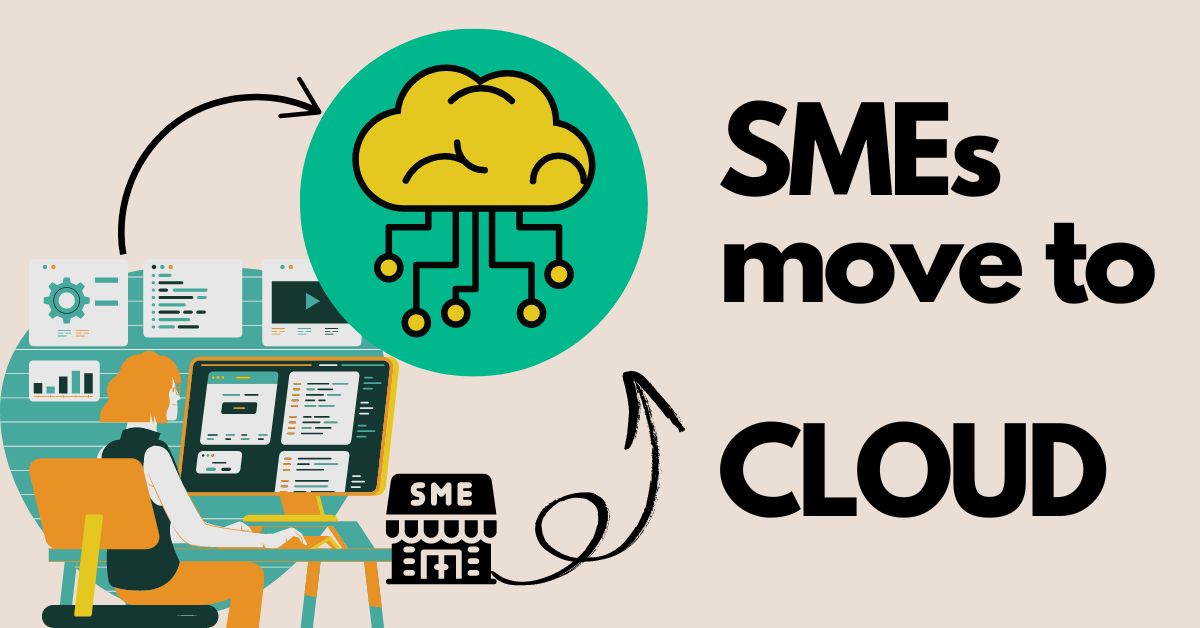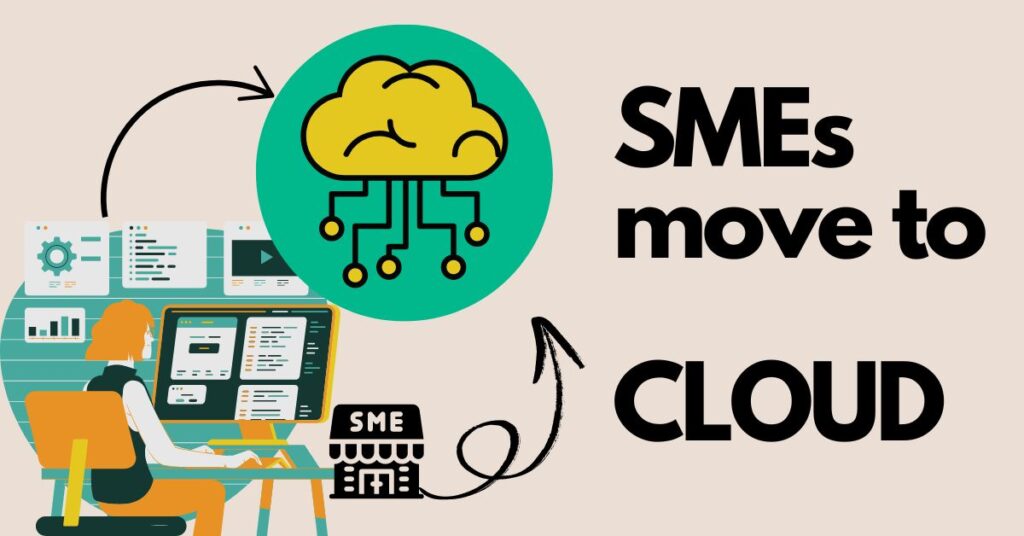Smart manufacturing represents a significant shift in how businesses approach production. It leverages digital technologies to create a more connected, responsive, and efficient manufacturing environment. This isn’t just about automating existing processes; it’s about fundamentally changing how products are designed, manufactured, and delivered. Think of it as Industry 4.0 in action, where data plays a central role in optimising every stage of the production lifecycle.
At its core, smart manufacturing involves integrating various technologies, including the Internet of Things (IoT), advanced analytics, and cloud computing. IoT devices embedded within machinery and throughout the factory floor collect vast amounts of real-time data on everything from equipment performance to energy consumption. This data is then analysed to identify inefficiencies, predict potential problems, and ultimately drive improvements in quality, speed, and cost reduction.
For small and medium-sized enterprises (SMEs), embracing smart manufacturing presents both opportunities and challenges. While the potential for increased efficiency and improved competitiveness is substantial, the initial investment and the need for new skills can be significant hurdles. However, the long-term benefits, including enhanced productivity and reduced waste, often outweigh these initial costs. The digital transformation involved can lead to a more agile and responsive business, better able to meet the demands of a rapidly changing market.
Smart manufacturing isn’t simply about installing new equipment; it’s about a holistic approach to manufacturing. It requires a change in mindset, a willingness to embrace data-driven decision-making, and a commitment to continuous improvement. Successful implementation hinges on a well-defined strategy, robust data management, and the integration of various technologies to work seamlessly together. The payoff, however, is a more resilient, efficient, and profitable business.
IoT Applications in SMEs
For SMEs, the Internet of Things (IoT) offers a range of practical applications that can significantly boost efficiency and profitability. Consider predictive maintenance: IoT sensors on machinery monitor vital parameters, flagging potential failures before they occur. This prevents costly downtime and allows for scheduled maintenance, optimising operational efficiency. Small businesses can leverage this to minimise disruption and maintain consistent production.
Real-time production monitoring is another key area. IoT sensors throughout the factory floor provide continuous data streams on production rates, material usage, and quality control metrics. This allows SMEs to identify bottlenecks, optimise processes, and proactively address quality issues. The insights gained lead to immediate improvements and demonstrable cost reduction.
Improved inventory management is also achievable through IoT. Smart sensors track stock levels in real-time, preventing stockouts and reducing the risk of overstocking. This reduces storage costs and ensures materials are available when needed, supporting a lean manufacturing approach. For small businesses with limited storage space, this is particularly valuable.
Furthermore, IoT enables enhanced supply chain visibility. Tracking goods throughout the supply chain, from raw materials to finished products, provides SMEs with greater control and responsiveness. This improved transparency helps to identify delays, manage risks, and ultimately improve customer satisfaction. The digital transformation this brings allows for faster responses to market changes.
IoT can facilitate better energy management within the factory. Smart meters and sensors monitor energy consumption, identifying areas for improvement and reducing waste. This contributes to both cost reduction and environmental sustainability, enhancing the small business’s overall image and competitiveness.
Overcoming Implementation Challenges
Implementing smart manufacturing, especially for SMEs, presents several hurdles. A primary challenge is the initial investment. Upgrading equipment, integrating new software, and training staff all require significant financial resources, which can be a substantial barrier for smaller businesses with tighter budgets. Careful planning and phased implementation can mitigate this, focusing on high-impact areas first.
Another key obstacle is the lack of in-house expertise. Successfully implementing and managing IoT systems requires specialised skills in data analytics, software integration, and cybersecurity. SMEs may struggle to find or afford employees with this expertise. Outsourcing some aspects of the project or partnering with technology providers can address this skills gap.
Data security and privacy are also crucial concerns. The increased reliance on connected devices and data sharing increases the vulnerability to cyberattacks. SMEs need to invest in robust cybersecurity measures to protect their sensitive data and comply with relevant regulations. This requires careful consideration of data storage, access controls, and network security.
Integrating new technologies with existing legacy systems can also be complex and time-consuming. SMEs may have older equipment or software that is incompatible with new IoT solutions. This necessitates careful planning and potentially significant modifications to existing infrastructure, adding to the overall implementation cost and complexity. A phased approach is often recommended.
Finally, resistance to change within the organisation can hinder the successful adoption of smart manufacturing. Employees may be hesitant to adopt new technologies or processes. Effective communication, training, and demonstrating the benefits of the digital transformation are vital to overcome this resistance and ensure smooth implementation.
Despite these challenges, the potential benefits of smart manufacturing for SMEs are considerable. The improved efficiency, cost reduction, and enhanced competitiveness outweigh the initial investment and implementation difficulties for many businesses. Careful planning, phased implementation, and a commitment to ongoing training can significantly improve the chances of a successful outcome.
Real-world Case Studies
One notable example is a small bakery in Manchester that implemented IoT sensors in its ovens. These sensors continuously monitor temperature and humidity, providing real-time data to a central system. This allowed the bakery to optimise baking processes, reducing energy consumption by 15% and improving product consistency. The data-driven insights also helped them to predict and prevent equipment failures, minimising downtime and maintaining a steady production flow. The cost reduction and efficiency gains were significant, showcasing the impact of smart manufacturing even on a small scale.
A different case study involves a small manufacturing firm specialising in precision engineering. They integrated IoT devices into their machining centres, enabling predictive maintenance. By monitoring vibration levels and other key parameters, they were able to identify potential issues before they caused significant downtime. This proactive approach reduced maintenance costs by 20% and increased machine uptime, resulting in a considerable boost to production output. The digital transformation improved their responsiveness to customer demands and increased their overall competitiveness.
Another successful implementation involved a small clothing manufacturer who used IoT to track garments throughout their production process. Real-time tracking provided complete visibility into the supply chain, allowing them to identify bottlenecks and optimise logistics. This enhanced efficiency reduced lead times and improved delivery performance, leading to increased customer satisfaction and repeat business. The improved efficiency and enhanced supply chain visibility proved invaluable for this growing small business.
A regional SME in the food processing industry leveraged IoT sensors to monitor temperature and humidity in their cold storage facilities. This ensured consistent product quality and prevented spoilage, significantly reducing waste. The real-time data provided by the IoT system also allowed them to optimise energy consumption in their cold storage, contributing to cost reduction and improved sustainability. This demonstrates the versatility of IoT applications across various sectors within the SME landscape.
Future Trends and Opportunities
Looking ahead, several key trends will shape the future of smart manufacturing for SMEs. The increasing affordability and accessibility of IoT devices will continue to drive adoption, making advanced technologies more readily available to smaller businesses. Expect to see further miniaturisation and improved energy efficiency in sensors, reducing implementation costs and simplifying integration.
Artificial intelligence (AI) and machine learning (ML) will play an increasingly important role. These technologies will enable more sophisticated data analysis, leading to more accurate predictions and more effective optimisation of manufacturing processes. AI-powered systems will be capable of identifying subtle patterns and anomalies that humans might miss, further enhancing efficiency and cost reduction.
Cybersecurity will remain a critical concern. As more devices become connected, the risk of cyberattacks increases. SMEs will need to invest in robust cybersecurity measures to protect their data and ensure the security of their operations. This includes implementing strong access controls, regular software updates, and robust data encryption.
The rise of edge computing will also impact smart manufacturing. Processing data closer to the source, at the edge of the network, will reduce latency and improve real-time responsiveness. This is particularly beneficial for time-sensitive applications such as predictive maintenance and real-time production monitoring, enhancing the efficiency of the entire operation.
Collaboration and data sharing will become increasingly important. SMEs will benefit from sharing data and best practices with other businesses and technology providers. This collaborative approach will accelerate innovation and help to overcome some of the challenges associated with implementing smart manufacturing technologies. Industry 4.0 initiatives and platforms will facilitate this collaboration, fostering a more connected and supportive ecosystem.
Finally, the focus on sustainability will continue to grow. Smart manufacturing technologies can help SMEs to reduce their environmental impact by optimising energy consumption, reducing waste, and improving resource efficiency. This is not only good for the planet but also enhances a small business’s brand image and attracts environmentally conscious customers.
The digital transformation brought about by smart manufacturing offers significant opportunities for SMEs. By embracing these trends and overcoming the implementation challenges, small businesses can unlock significant improvements in efficiency, cost reduction, and competitiveness, ensuring their continued success in a rapidly evolving global market.





